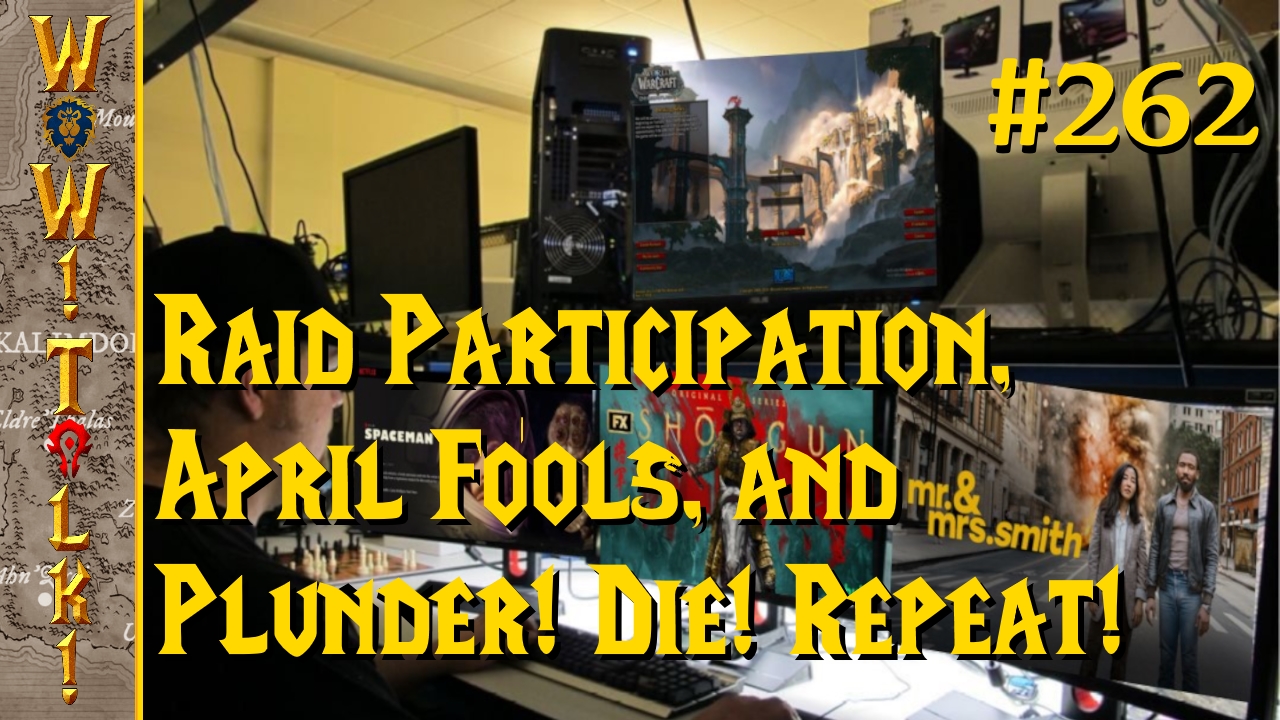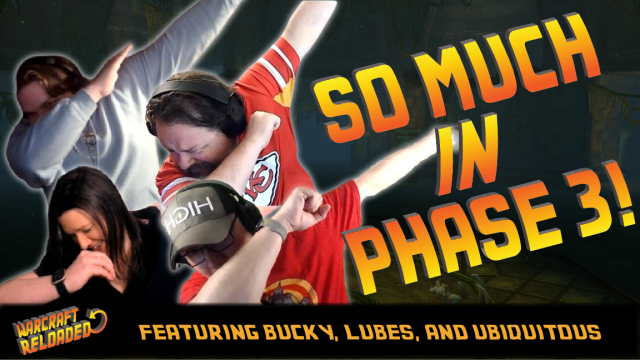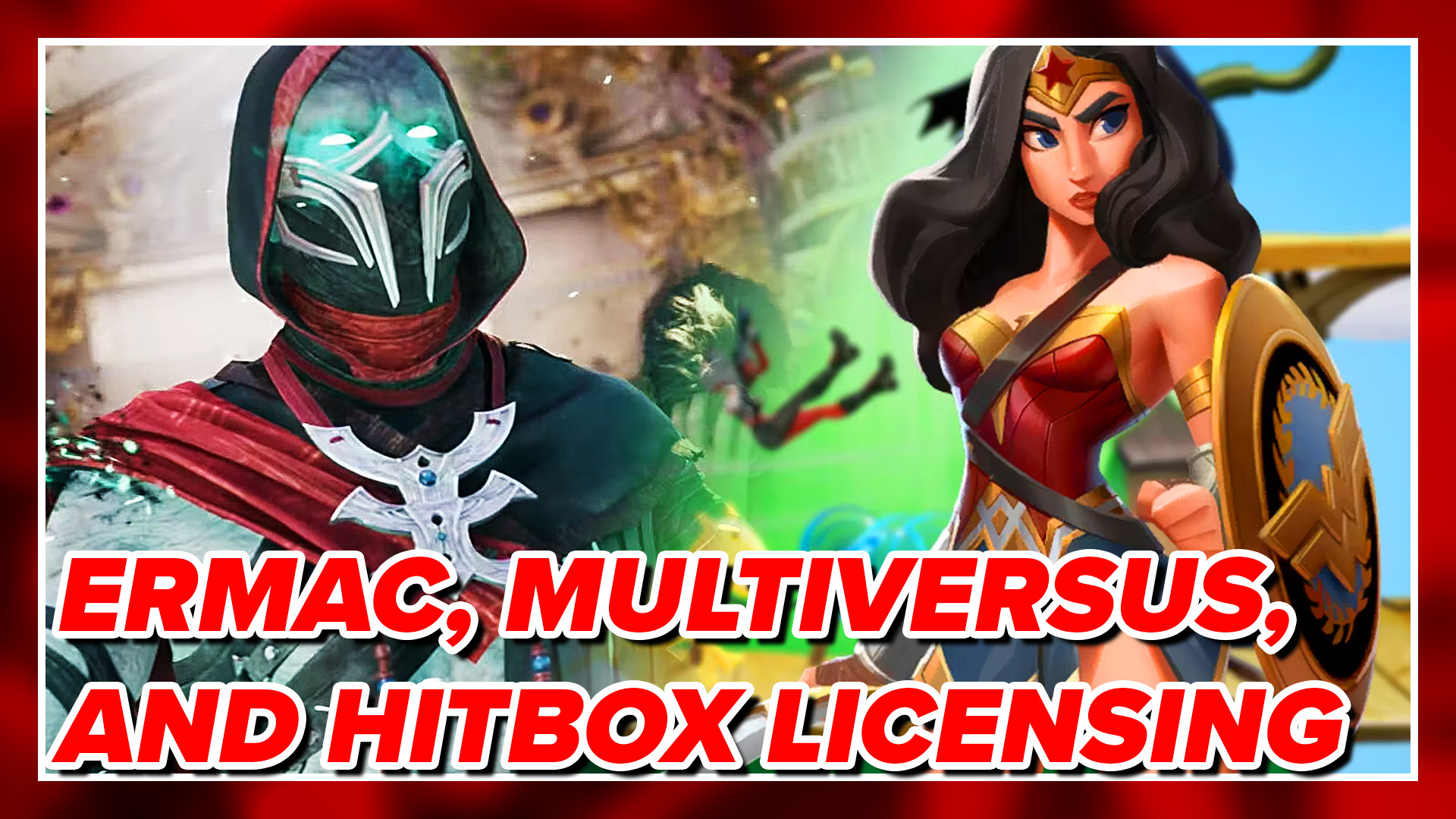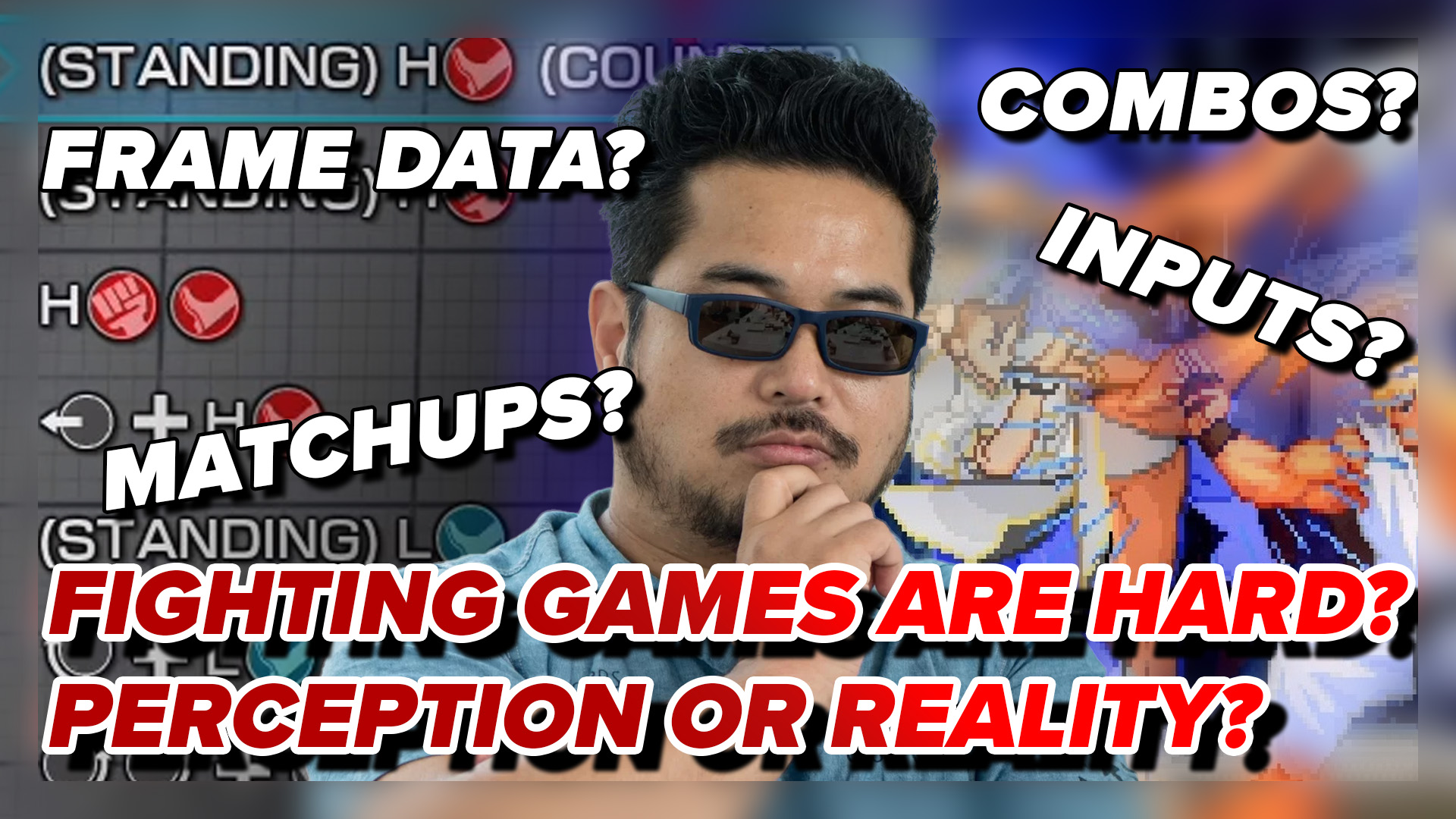
I’m admittedly a lapsed soccer fan. The last matches I saw were the last FIFA Women’s World Cup and FIFA World Cup games, and I didn’t even watch them at the time of broadcasting. Some of that might have to do with the fact that I don’t follow any specific team; I always loved Brazil as a kid when I played soccer but it never parlayed into being a long term supporter. Following the exploits of individual players became more my speed during my teens, but as players moved away from the game, so too did I.
My relationship with the FIFA video games is similar, if not worse. I used to regularly play the games with a next door neighbor playing head-to-head, on the same team, tournaments, or whatever modes were available. We squeezed every bit of soccery goodness out of each game until the next one released the following year. (In hindsight we were a bit fanatical, but we played every good game with that sort of fervor because we didn’t get a huge amount of games. Right now my 14-year-old self is giving my current self a high five for my game collection.) But at this point I haven’t touched a one of the games since FIFA 2001, and thus my interest in FIFA 12 has more to do with its ability to emulate real soccer than frivolous implements that add nothing to the experience.
It’s refreshing, then, that FIFA 12 takes the time to give players a proper introduction to things. It starts with explaining the EA Sports Football Club, a system by which players can show support for a particular team and compete with others using experience points that are earned by completing different accomplishments. There are also constantly changing challenges based off of events from real world matches; completing these challenges is another source of experience points to contribute to the team which you support. Over the course of a season (one EASFC season is equal to a week) the teams supported are tracked in a ranking system corresponding to their appropriate league. Points are awarded to teams during each day of the season, culminating in one team winning the season based on how many points they wound up with. The Football Clubs create an interesting metagame that allow players to show their team spirit and add a fun little quirk to the proceedings. One thing to note is that the challenges will be updated regularly over the course of the next year providing some fresh content to the game at no cost.

After being acquainted with the EASFC, you’re then moved along in the introduction to profile setup. It’s a basic setup, consisting of deciding skill levels, controller preferences, and which club you’d like to support, but it’s nice that the setup is presented to you immediately – although you’ll have to change audio settings and such through normal menu options. For my part, I was going to return to my old ways and support Brazil, but international teams aren’t permitted. Totally sensical when you think about it, but disappointing to me, the guy with no other allegiances. I ended up settling closer to home and chose to support the New York Red Bulls, because…why not? The last part of profile setup, hospitality settings, didn’t have a direct impact on my run-through but was nonetheless intriguing. Hospitality settings allow you to not only save your profile for this year’s FIFA (or import settings from last year’s game if you had it), but to have that profile carried over into every FIFA going forward as long as you want to keep the setting in place. It’s an accommodation made with regular players of the series in mind, allowing them to jump into the game without delay.
My pleasant surprise with FIFA’s helpful introductory phase didn’t stop there. Due to the physics changes, the game puts you into an interactive tutorial to explain the new ways defending works. I’d like to think the game knew I had been gone for a while and was taking pity on me, but really the defensive portion of the game is very different – even from last year’s version – so it’s something everyone can benefit from. ‘Tactical defending’ is the new name of the game, and it’s one in which positioning is of the utmost importance. To get yourself in proper defensive position you’ll have to ‘jockey’ opposing players, a function you’ll be using a lot. Holding down the jockey button (L2 under ‘classic’ controls on PS3, will vary based on your control scheme) keeps you facing the opponent, and you stay on top of the play in front of you using the movement stick. ‘Contain’ (X button on PS3, classic controls) is a more aggressive, less controllable form of jockeying that automatically closes on the ball-carrier to cut off and take possession of the ball. The method has its drawbacks though; it consumes stamina far more quickly and, commiserate with its automated state, is easier for skilled players to beat because of how close the defender attempts to get.

Jockeying, however, lets you decide your distance, and is better used when lining up standing and slide tackles, putting a body in front of crosses and shots, and boxing out another player for headers. Using a standing tackle from behind a player initiates the new push/pull mechanic. Rather than just tripping up a player for no reason and drawing a card from the judge, push/pull lets you mess with an opponent who’s managed to get in front of you but hasn’t quite broken away yet. You can tug on the player’s jersey/arm to slow them down and pull them off the ball a little. Abuse of the tactic will draw a card anyway but it is situationally useful, like when you need to prevent a speedster that just snuck by from burning you. Speaking of tackles, the biggest change because of tactical defending and the new physics is that slide tackles are no longer the heat-seeking missile cure-all to defense they once were. You actually have to aim your slide tackles now, giving the edge to skill over spamming. If you can’t live without the old way, you do have the option to change styles from tactical defending to legacy defending. Beware though, there are certain modes (like ranked matches) where legacy defending can’t be used, so you might want to acquaint yourself with the new status quo.
Perhaps having been spoiled by the introduction thus far, I was saddened to discover that the interactive tutorials did not extend to the offensive side of the ball. That didn’t detract from the fact that FIFA 12 included a clear and concise introduction to their game that provides a smooth lead-in to the experience. It’s also the only EA Sports game that actually goes to the length of explaining just how the physics changes impact the game you’re playing. No overblown hype videos, just useful information that I could appreciate.

So then, just like that, we’re into the game proper. FIFA 12 does have a normal game menu, but you’re actually placed on a soccer field with a generic Virtual Pro facing down a goalie. You know how I said there wasn’t an offensive tutorial? Well, there isn’t, but this hub between games acts as your practice area. From here you can practice your moves and shooting; there’s even a function where you can practice set pieces, like corner kicks, under different circumstances to perfect your game. I found it was a good stand-in for the tutorial I was missing and good fun to mess around with, providing an opportunity to do outlandish things that rarely present themselves in a match.
The time you spend in the hub showboating can actually lead to tangible benefits for your Virtual Pro though. There’s a list of accomplishments that cover different areas of the game (hub, offense, defense, mental, etc.), and as you achieve them, you are awarded exp and a stat boost for your Virtual Pro. At any point you can enter the menu and mold your Virtual Pro as you see fit. Again the helpfulness of the game comes into play, via a voice-over explanation of the different aspects of creating a Virtual Pro. You choose the nominal basic information, facial features, and skin color that are standard issue with other creation modes, then you choose the position you want to play and your height and weight.
How FIFA 12 deals with these last three is a unique take on starting player stats in sports games. Rather than allotting a player initial points to dump into skills, FIFA instead decides a player’s starting stats itself. Positional skills are presets based, obviously, on the position chosen. Physical skills are influenced by height and weight, and there will be a clear difference between the advantages presented by a player’s size. For instance, shorter players will be more naturally agile and fast, and taller players will enjoy greater leaping ability and strength. Every skill can only be raised a maximum of 20 points, meaning that no matter which way a Virtual Pro goes, they can never become a fully maxed-out god of the pitch. This method will polarize players, to be sure, but it also avoids the possibility of a 6’10” player being perfect in every possible way. I didn’t mind the way the game handled stats, it simply meant that I played to my strengths, much the way a person would in real life; even Messi isn’t flawless in every aspect on both sides of the pitch.

The brilliant thing about your Virtual Pro is that no matter what your initial choice is it can be changed at any time. And that includes anything. Don’t like your character name? Change it. Want to try a new position? Go ahead. Thought being a 5 foot speedster would be a lot of fun but didn’t realize you’d never win a header? Stack the inches on. Whatever you change, the game will automatically adjust the baseline stats to the correct levels (preventing someone from cheating the system). Another great thing is that any stat boosts unlocked through accomplishments are constant once they are added to your pro, meaning that you don’t lose any work you put into your pro, and that you never have to be miserable with a poor first choice. An odd thing I noticed about character creation was that the game’s sound would stutter horribly when adjusting facial features. It didn’t happen through any other portion of Virtual Pro, but when I made even the slightest change to my pro’s face the sound would go haywire.
After character creation you have a lot of choices. You can opt for playing online or offline with true to life squads in different modes. If that’s your cup of tea there’s modes for exhibition match, tournaments, head to head seasons, and the EA Sports Arena, a partnership between EA and Virgin Gaming that lets you play friends and other players for money and prizes. Roughly the other half of the experience is dedicated towards progressing and playing your Virtual Pro. There are the quick Be a Pro exhibition style matches, which give you a chance to improve your player without a long-term attachment, or you can opt for that longer experience in career mode.
Career mode actually has three branches: Player, Manager, or Player Manager. Player puts the focus on your virtual pro, where improving your stats and performing well are your only goals. At the outset of the mode, your chosen team will present you with a contract, which includes a salary and goals to complete based on your position to satisfy the contract. From there you’re inserted into the starting lineup and go about playing through the appropriate league and season of your team. This is a recurring problem I’ve had with every EA Sports Pro mode this year (aside from NHL 12): there should be an aspect of needing to earn time, rather than just having it handed to you. It’s no fun to sit on a bench, but NHL 12 has shown that a balance can be struck that makes your progress have meaning. Making things even stranger in Virtual Pro career mode is the fact that your manager will never substitute your player (outside of red cards, of course), even if your player’s stamina is totally depleted. It seems like an oversight rather than a bug, but at least you know you’ll be on the field for any pivotal moments.

Manager career is the dynasty mode of FIFA 12. Most of the excitement in the mode, outside of winning cups, revolves around transfer windows and transfer deadline day. You’ll be looking for players to fill out your squad while other clubs will be trying to make deals with you to fill out theirs. More well established clubs (like Real Madrid, who I used for Manager Career) have less to worry about in the way of needing players during transfer days, but sometimes an offer can come through for a player with too much money attached to ignore. You’re then faced with juggling a response to the inquiring team and investigating if you can fill that player’s slot and still come out ahead. It’s interesting stuff once you understand the flow of it.
You can also send players out and receive them on loan, for either a partial or full season. This allows you to get younger players experience elsewhere without much fuss, or bolster your team with a better backup option, or skilled but aging starter for a cup run. It all comes down to the wire on transfer deadline day, where you’re given 10 hours to complete any outstanding or last minute deals before the window closes for good. You’d be surprised how many deals you can pull off in that time-frame when you really need to.
You also have to deal with other aspects of managing like setting up the roster and positions and keeping players that you need content with their situation. You also need to scout young players for your organization. To that end you hire scouts and send them all over the world to set up networks. Different scouts come with different levels of experience and judgment, and you will pay big money for a scout with a lot of both. You get what you pay for, though, as you can trust results better of scouts with good judgment, and those with experience can discern more things about a player in a short amount of time.

You send scouts out for however long you choose and they will send you regular reports about the players they find and their recommendations. You can see a ballpark range of their starting stats, as well as a range of their ultimate potential. The longer a scout has to look at a player, the more accurate those numbers will be. When viewing a scout’s report, you can reject a player, continue scouting them, or sign them to the youth squad. It does take a monetary investment to sign a player to the youth squad, but doing so lets you watch their stats come to light without worrying about another club snatching them up to their own squad. Once players turn 16 they can actually be signed to your team – although it’s usually best to allow them to develop, unless you’re building a young team or need a player immediately.
I really enjoyed Manager Career, although more for the team-building and prospect farming than actually playing any games. I just found it more fun to control the back office and sim through the games, only playing when it was an important match, and sometimes not even then. Player Manager is the hybrid of the other two modes, and gives at least a little more reason to participate in the team outings.
You can also take your Virtual Pro talents online through the Pro Ranked Matches. You can either join or set up a Pro Club, so as to have a regular slate of members to play with against others, or enter into matches a free agent. Other clubs can actually scout you as a free agent and extend an invitation if you fit their criteria. Otherwise, you’re mostly looking to add wins, exp, and accomplishments to your Pro. Online matches were decent for the most part, but I regularly experienced slowdown and some lag in the latter half of every match I played. The more players I was in a match with, the worse it was after halftime. Player communication over headsets during matches in their entirety was very poor, regularly coming through warbled or with pops.

Hopefully these server issues are addressed, even though they seemed to only affect the Pro Ranked matches; I never had the same issues with the standard head-to-head matches. Also be aware going into Pro Ranked matches as a free agent that if you play a forward (or even midfield) position that those slots get taken super fast. So either be fast on the trigger getting one, or spend some time with your defensive accomplishments, so you aren’t woefully inadequate going into the fray.
Being away from the sport as long as I have, I didn’t really expect FIFA 12 to strike a chord with me. I’m glad to say I was wrong about that. As with most sports games, FIFA isn’t going to result in the disbanding of the sport because it’s so good, but it does embody the real feeling of being on the pitch as well as a video game can. There are still certain oddities that need ironing out, like the way players take a tumble and interact with the ground when falling – things that the new physics in other EA Sports games handled better – but FIFA still shines.
More than any other sports game this year, FIFA 12 is the perfect example of keeping a game accessible to newcomers (and lapsed players like me) while keeping a high level of playing potential for veteran players. That’s no small feat, exemplifying why soccer is the world’s most popular sport, and why FIFA is their game.




